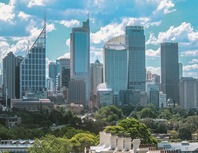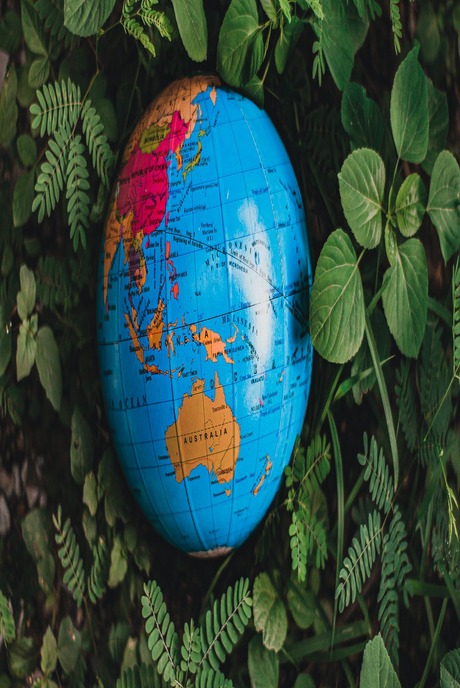Geography and Biology
Australia is situated in Oceania between the Indian and South Pacific Oceans. Despite being one of the largest countries in the world, its topography is not too flexible, and consists of low desert plateau. With a total area of 7,617,930 km², the country has around 25.4 million inhabitants. It is the sixth-largest country in the globe and has three distinct physiographic regions. The two-thirds of continental Australia covers the Western Plateau, which includes the large parts of Western Australia, South Australia and the Northern Territory. You can also discover the Great Victoria Desert, which is one of the biggest deserts in the world.
The climate of Australia is mostly arid to semiarid. However, the south as well as east are temperate while the north is tropical. The country supports a huge range of habitants and this shows their biodiversity. From tropical rainforests to Alpine forests, you will explore an enormous variety of plants and animals due to its geographical isolation from the rest of the globe.
There is also one of the largest coral reef systems in Australia. The Great Barrier Reef is located in Queensland and it stretches more than an area of 133,000 square miles. It consists over 3,000 individual reef systems, coral bays and supports over 1,500 fish species, 400 hard coral species and one-third of world’s soft corals. You can also explore 134 species of sharks and threatened marine turtles. If you want to know Australia better, plan your visit here and witness the different aspects of nature on your own.




